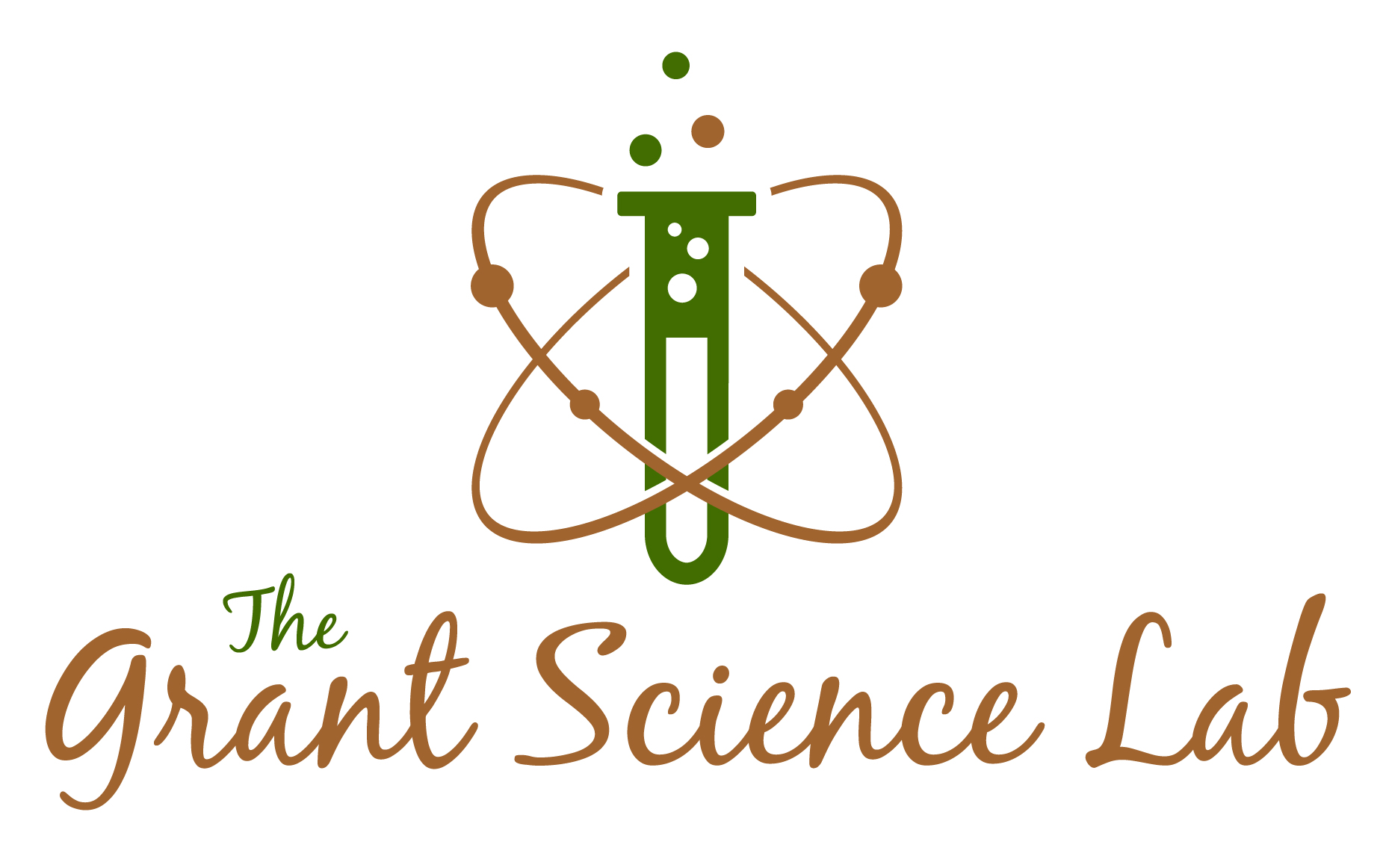Some Thoughts on Science and the Arts
Why add the A to STEM for STEAM education?
It is anecdotal, but I seem to recall artistic hobbies among my scientific colleagues. This article from Scientific American confirms my personal observations. This is not a new idea. Students in an honors college project actually researched the hobbies of prominent scientists (Root-Bernstein and others 2008).
The following two quotes from the Scientific American piece are worth repeating.
Agonizing About Writing:
When is enough, ever really enough?
Academic writers work more slowly and tend to labor over their work as discussed in this post. Academic writers and grant proposal writers share much. Many academics write grants to further their research and scholarship. At some point both grant proposal and academic writers have to stop tinkering and submit that work.
After all that work of rewriting, formatting, spell checking and proofreading finding an error or errors after submitting the work brings on a sinking, if not traumatic feeling. There is some good news from the distant past. Errors found after the fact did not seem to matter so much for the author quoted below, who wrote some great stories. She must have had a thick skin; and I for one, love her attitude.
“There are a few Typical errors; and a “said he,” or a “said she,” would sometimes make the Dialogue more immediately clear – but I do not write for such dull Elves.”
– Jane Austen, writing to her sister Cassandra on January 29, 1813, on errors found in the first edition of Pride and Prejudice.
Some Budding Yeast…:
Who would have thought a song parody video from a research lab would be packed with humor and great information?
As a former research scientist, I can say it is full of insider humor that I find very funny. Yet, the parody provides a rare glimpse into the world of laboratory research, showing lay people how scientists think, work, and are funded.
Using humor and flair, the parody tells a deep story about what we have learned about all living things from research using humble baking and brewing yeast, including the cycles of success and failure of the research process. Just by paying close attention, a lay viewer can grasp the magnitude of the new knowledge arising from research using yeast. Teachers and college professors will find ways to use this parody in teaching deeper biological concepts to students. Given the current emphasis on STEM education (Science, Technology, Engineering, Mathematics), this is a good thing for the lay public and students.

